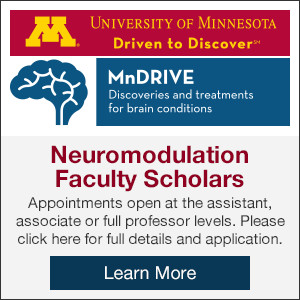Abstract:
At the EMBC 2015 in Milan, the invited session on Standardisation, Opportunities and Challenges of Point of Care Medical Devices received the attention of scientists and implementers alike. Researchers from three continents presented their work on communication patterns, medical device interoperability leveraging the IEEE 11073 standard, integrating DICOM devices, supporting the surgical workflow, connecting clinical information systems, and regulatory science.
As the definition of a communication architecture and protocol for point of care medical devices has reached a stable state, it is now being standardised as part of the IEEE 11073 family, specifically part P11073-20701.
This hands-on tutorial offers the opportunity for researchers and implementers to learn how to represent a medical device’s capabilities on the network using the P11073-10207 Domain Information and Service Model through a set of easy-to understand example devices. Publishing these descriptions via web services as specified in P11073-20702 Medical Devices Profile for Web Services, they can be remotely accessed by clients on the network. This tutorial will also feature the implementation of a simple client application to read out and modify some of the device’s data fields and subscribe to notifications.
Attendees are required to bring a portable or tablet PC (with a keyboard) and basic programming skills. Using one of three reference implementation libraries of the standardised data exchange protocol, they will implement device representations and client applications in a browser-based development environment and test these with each other as well as with other provided components.
The interoperability achieved through compliance to this communication architecture and protocol enables the development of innovative system and device functionality that builds on data integration, e. g. clinical decision support or computerassisted surgery.
List of Speakers (tentative)
Martin Kasparick, University of Rostock, 18119 Rostock, Germany, kasparick@uni-rostock.de
Bio: Martin Kasparick studied Computer Science at the University of Rostock. He has been a Ph.D. student at the Institute of Applied Microelectronics and Computer Engineering since 2013. He is working in the medical engineering project OR.NET. He participates in the development of the new IEEE 11073 standards and is co-author of the standard IEEE 11073-10207.
Björn Andersen, University of Lübeck, 23562 Lübeck, Germany, andersen@imi.uni-luebeck.de
Bio: Björn Andersen received his B.Sc. and M.Sc. in Medical Computer Science from the University of Leipzig. After four years of R&D on data integration and machine learning in the marine propulsion industry, he returned to his field of study. As a research associate at the University of Lübeck since 2012, his main research interest is medical device interoperability.
Organizer I: Björn Andersen -EMBS Member andersen@imi.uni-luebeck.de
Bio: Björn Andersen received his B.Sc. and M.Sc. in Medical Computer Science from the University of Leipzig. After four years of R&D on data integration and machine learning in the marine propulsion industry, he returned to his field of study. As a research associate at the University of Lübeck since 2012, his main research interest is medical device interoperability.
Organizer II: Martin Kasparick –EMBS Member martin.kasparick@uni-rostock.de
Bio: Martin Kasparick studied Computer Science at the University of Rostock. He has been a Ph.D. student at the Institute of Applied Microelectronics and Computer Engineering since 2013. He is working in the medical engineering project OR.NET. He participates in the development of the new IEEE 11073 standards and is co-author of the standard IEEE 11073-10207.
Organizer III: Andreas Besting – besting@surgitaix.com
Bio: Andreas Besting holds a masters degree in computer science from Aachen University of Technology and specialises in software engineering. He joined SurgiTAIX AG in 2011 after working as a research fellow at the Fraunhofer Institute for Production Technology Aachen (2009-2010). He is currently working in R&D, focusing on SOA technologies.

